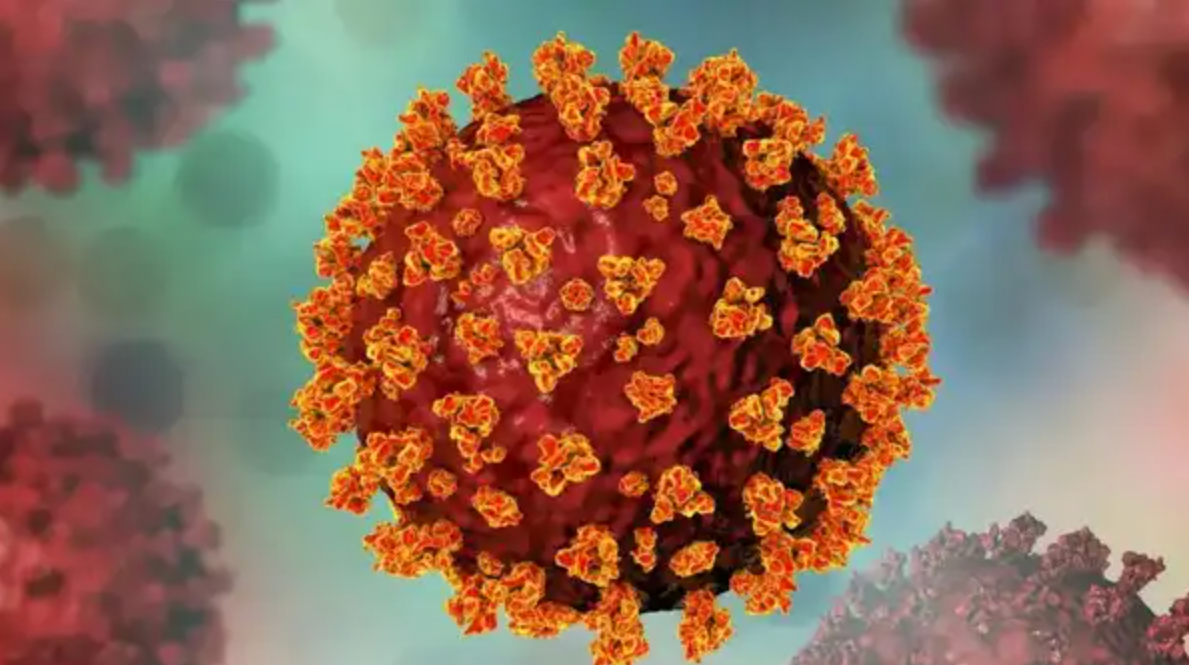H5N1 Outbreak in Cambodia Photo for representation
Cambodia has confirmed its 12th human case of H5N1 avian influenza this year, involving a 5‑year‑old boy from Kampot province. The global health community is now sounding alarms, as the virus—commonly known as bird flu—can escalate rapidly from common flu symptoms to severe respiratory distress, neurological issues, and even death if treatment is delayed, as reported by The Times of India.
How the Infection Began
This most recent case was reported on July 3. The child, who played daily with backyard chickens—two of which had died shortly before—started showing symptoms including high fever, cough, shortness of breath, and respiratory distress. He is currently being treated in the intensive care unit in Phnom Penh.
This marks a striking surge: nine of the 12 cases have occurred in just over a month—indicative of an accelerating outbreak in multiple Cambodian provinces.
Early Symptoms and Red Flags
H5N1 often begins deceptively like regular seasonal flu: fever, chills, body aches, sore throat, runny nose, cough, and fatigue. But within days, it can escalate to life-threatening symptoms, especially in children:
- Difficulty breathing
- Chest pain
- Extreme fatigue
- Gastrointestinal issues such as nausea, vomiting, and diarrhoea
- Neurological signs including confusion, seizures, or coma
The virus tends to attack lung tissue aggressively, frequently causing pneumonia or acute respiratory distress syndrome.
Why This Outbreak Is Concerning
Cambodia has recorded 12 confirmed human cases in 2025, including multiple fatalities, with the most recent case reflecting a worrying spike in infections. There is no evidence of sustained human-to-human transmission yet, but experts note that each human infection increases the chance of the virus adapting to airborne spread.
Compounding concerns, a new reassortant strain—combining local and global H5N1 subtypes—may explain the sudden surge in cases and poultry die-offs across multiple provinces.
Broader Global Picture
Outside Cambodia, H5N1 is emerging in other regions. A notable example includes the first fatal case in Louisiana (USA) in January 2025 among dairy farm workers, following mass cattle infections. Globally, there have been nearly 70 human cases in the US since early 2024, largely among individuals with animal exposure.
Worldwide, more than 976 human H5N1 cases have been confirmed so far in 2025, with a case fatality rate at around 48%—underscoring the virus’s high lethality.
What Parents and Farmers Should Do
- Avoid contact with sick or dead birds
- Monitor children carefully if they live near poultry
- Seek immediate care if fever and respiratory symptoms appear, especially with a history of poultry contact
- Early antiviral treatment—ideally within 48 hours—can significantly reduce severity
- Antibiotics are ineffective; care consists of antivirals, intensive respiratory support, and monitoring in hospital
Public Health Responses Underway
Cambodian authorities have activated rapid-response teams comprising health, agriculture, and veterinary officials. They are identifying virus sources, investigating contacts, distributing antivirals like Tamiflu, and conducting village-level education campaigns.
International agencies, including WHO and CIDRAP, are working with Cambodia to monitor the outbreak and prepare for any signs of virus mutation that could enable human-to-human transmission.
For more health stories click here
Follow us for latest updates:




